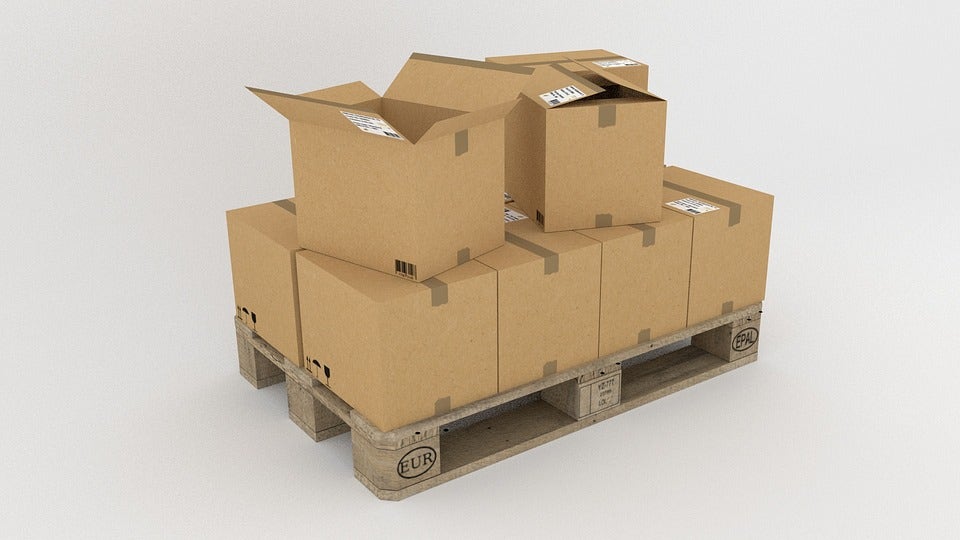How To Pack Your Goods For Transit
admin admin | Jan 17, 2019

For logistics companies, retailers and all other businesses who make a bulk of their profits through shipping and deliveries, proper packing is essential. Oftentimes, it spells the difference between earning money and losing money.
You can’t run a successful and profitable delivery company without a first-rate packing process in place. There is simply no other way around it. ![]() Here are some tips on packing your goods for transit to ensure that they are delivered secure and undamaged:
Here are some tips on packing your goods for transit to ensure that they are delivered secure and undamaged:
1. Choose only superior packing materials.
The items inside a package are what’s important, not the look of the packaging. So your packaging does not have to be flashy or attractive. It just needs to be durable in order for it to be effective in protecting the item/s inside.
Some of the high-quality products you can use for packaging are:
- Polyester strapping made of premium-grade, rust-proof material with high tensile strength.
- Sturdy poly woven bags for packing bulky and heavy items.
- Stock cartons constructed from lightweight yet heavy-duty corrugated boards.
- Air pillows and foam chips for void filling.
- Bubble wrap composed of strong plastic to provide extra protection for fragile items.
There are countless other packaging materials available, and they all serve a purpose. You just need to know which one is best for the specific items you pack on a daily basis, which brings us to the next tip.
2. Use the right packing material for the job.
Aside from durability, you should also be concerned with safety. For example: one of your employees is packing items like knives or drill bits. He or she can’t simply put it inside a box and then tape it up. Those objects would just pierce the box while in transit and risk damaging other containers nearby.
When packing sharp objects, layering is key. First, wrap the items tightly and individually inside poly woven bags. Extremely durable, these bags were practically designed to hold sharp or pointed items. Next, place the goods inside a stock carton (corrugated cardboard box) and use foam chips or air cushions to fill any loose spaces. Lastly, seal the box using packaging tape that’s made with high-strength adhesive.
3. Your packaging operations must comply with rules on proper hygiene.
This is crucial when handling perishable goods and electronic components that are easily damaged by dirt, dust and other bacteria. Install hand cleaning dispensers in various areas in your facility, so that each and every person on your team has clean hands.
Proper hygiene eliminates the risk of your perishable goods getting spoiled or developing mould in transit. Your fingerprints, as well as the sweat and oil in your hands, can instantly ruin sensitive and expensive electronic items like motherboards and circuit boards. As an added precaution, secure electronic components (circuit boards, relays, switches, etc.) in anti-static bubble wrap to prevent the buildup of static electricity.
Do you want to maximise your company’s profits by implementing a better packing process? Hunter Industrial Supplies can definitely help you out.
We have a wide range of packing supplies such as our premium-grade polyester strapping, which is the perfect bundling solution for packages that need to be transported. We also have Supa Kleen hand cleaners and dispensers, which ensure excellent hygiene within your entire facility.
Visit the Hunter Industrial Supplies website today for more product information. You can also read our blog for more packaging tips.







